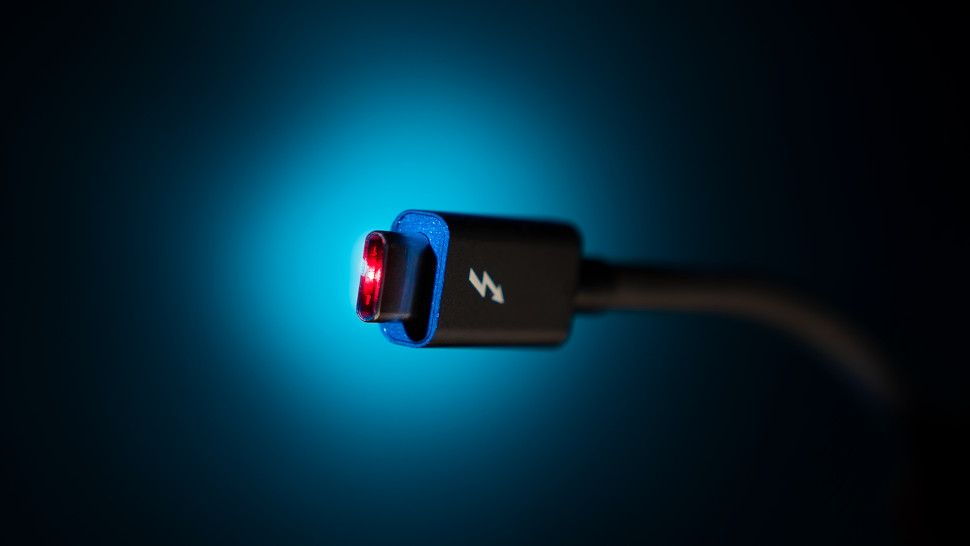Thunderbolt tech from Intel is now 10 years old
Looks quite different from what it used to be

Back in the year of 2011 Intel announced the Thunderbolt connectivity tech which was essentially a replacement for computers that were handling too many input/output (I/O) ports. This was an effective replacement for USB ports for data; Ethernet ports for internet; and DisplayPort, HDMI and VGA ports for video.
Intel introduced the Thunderbolt technology which was developed in collaboration with Apple. Initially the Thunderbolt 1 and 2 used Mini DisplayPort connector which was later changed to that of the USB-C connector under the name of Light Peak. This anniversary is part of the launch of the first commercial product to feature this technology.
- Thunderbolt 4: What you need to know about next generation connectivity
- Thunderbolt 4 might deal USB a killer blow but with strings attached
Intel's Thunderbolt technology consolidates data, video and power on a single, small connector. Thunderbolt allows users to move data quickly among connected smart devices – like PCs, docks, monitors, solid state drives, external hard drives and cameras – using that single connector.
Back when it was introduced the Thunderbolt 1 was able to transfer a full-length, high-definition movie in less than 30 seconds and back up a full year of continuous MP3 music playback in just over 10 minutes.
And on to the Thunderbolt 4 cables and connectors which were introduced in January 2020, there has been a four-times increase in the overall bandwidth of the port from the original Thunderbolt. It can support two 4K displays, while charging a notebook at the same time. The move to the smaller Type-C connector allows for thinner-and-lighter notebooks and single-cable docking.
The Thunderbolt tech has an industry standard, integrated into Intel CPUs. It is now required on Intel Evo and vPro laptops, and is supported across all leading computer operating systems, including, coming soon for the first time, Chrome devices.
“Thunderbolt’s simplicity, reliability, and performance are important whether you are working or learning at home, or you are creating content or you are a gamer. You can do all of those things with a single Thunderbolt connection,” said Jason Ziller, general manager, Client Connectivity Division at Intel.
Sign up for breaking news, reviews, opinion, top tech deals, and more.
According to Intel, if a company is using the Thunderbolt name or logo, its product has passed a certification test that includes electrical and functional testing to make sure its device works the way it is meant to.
“Intel looks forward to continuing to work with the industry on innovation and adoption of Thunderbolt,” said Ziller. “We expect Thunderbolt will keep up with monitors as we look to 8K and 16K, external SSDs that are nearly doubling in speed every year, and much more.”

Hardcore gamer, gadget enthusiast & cinema buff | Gaming, tech correspondent & reviewer at TechRadar
